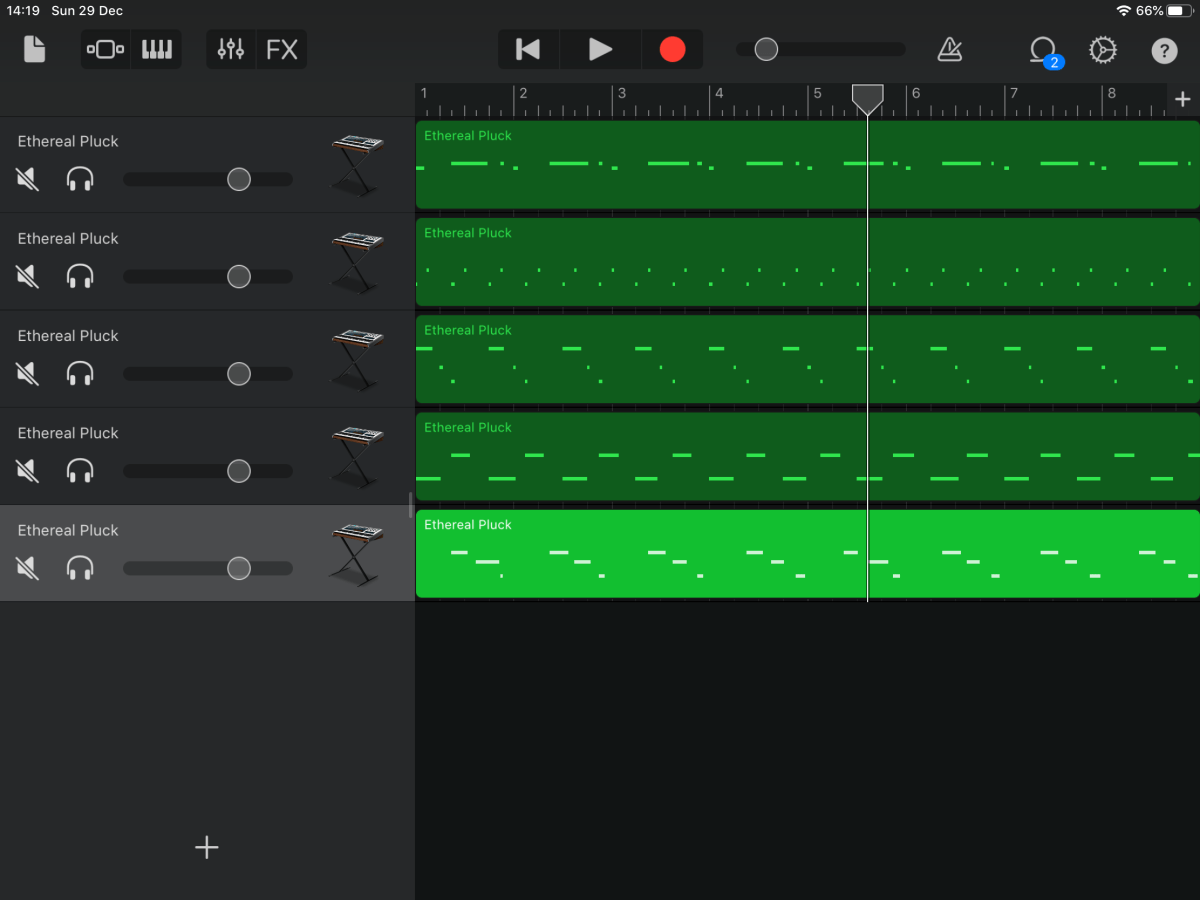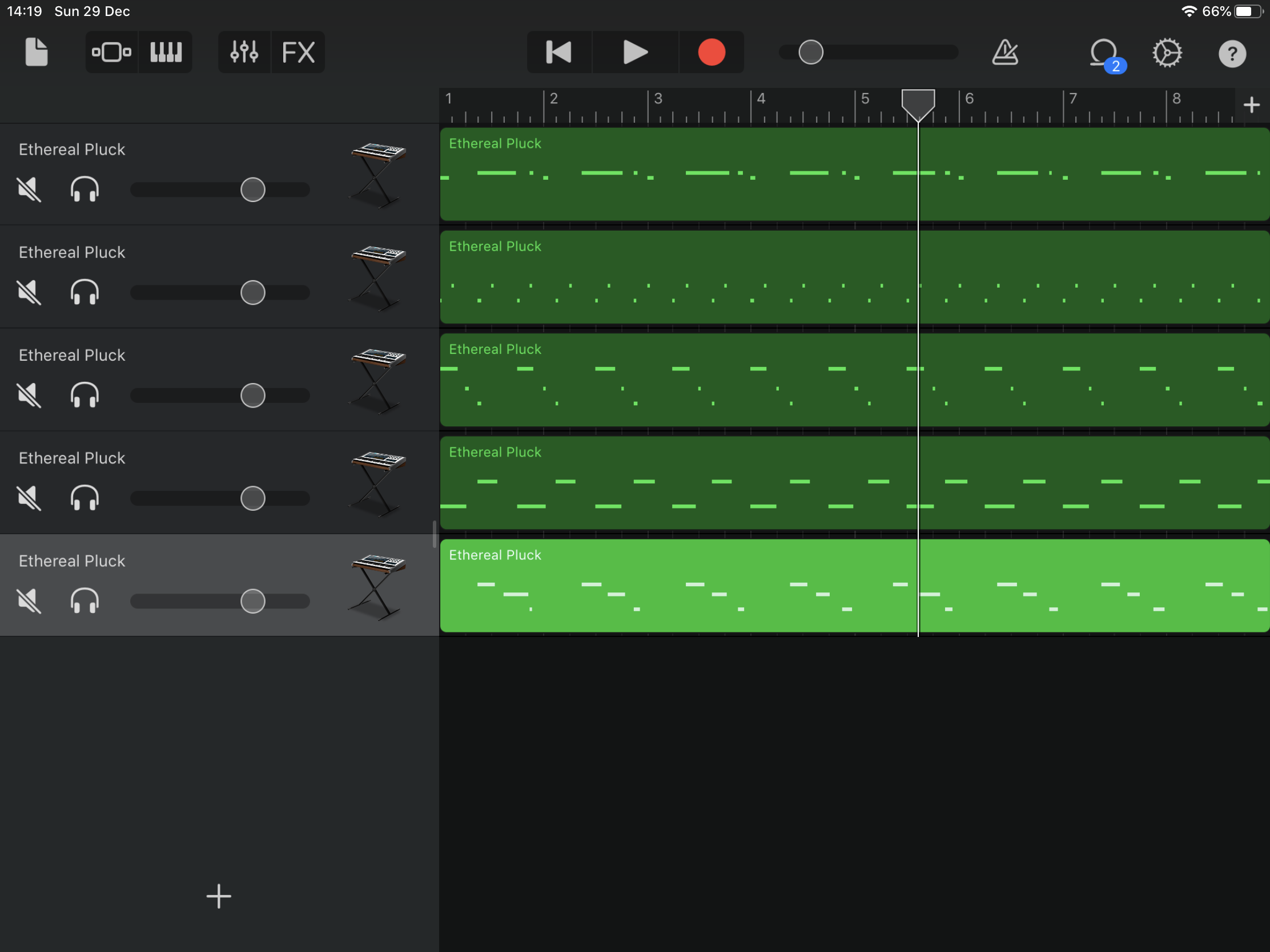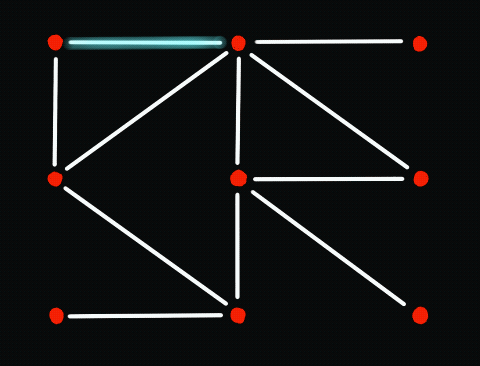A few months ago, I had the privilege of chatting with a student of public policy at one of the leading universities in the UK for science and disease. He was telling me about the postgraduate course he was on, and how public policy is a discipline based purely on science. I thought briefly, and then double checked. You don’t study anything resembling a social science at all then? No ethics, no law, no economics, for example? No no, public policy, he assured me, is based solely on scientific evidence.
I shelved my doubts and put any skepticism down to my natural bias as a social scientist and my tendency to argue for the wider understanding and valuing of the social sciences in any scenario.
And then COVID-19 happened. Of course, this is a scientific conundrum, and scientists, chemists, biologists, immunologists, epidemiologists, mathematicians, and the like are working together globally like never before to test, trial, model, and to keep the rest of us as safe as possible.
But then a strange thing happened. A trend appeared in the Covid19-related deaths, which, frustratingly has been inadequately recorded by the official statistics, but which is pretty plain to see on any photograph wall of “victims”. Deaths of those from a BAME, or those from a black or minority ethic background, exceed the numbers expected if these things were to be in proportion to the population. So what is going on?
A recent paper in The Lancet identified the issues surrounding ethnicity, stating “Ethnicity is a complex entity composed of genetic make-up, social constructs, cultural identity, and behavioural patterns.2 Ethnic classification systems have limitations but have been used to explore genetic and other population differences. Individuals from different ethnic backgrounds vary in behaviours, comorbidities, immune profiles, and risk of infection, as exemplified by the increased morbidity and mortality in black and minority ethnic (BME) communities in previous pandemics.” This can be represented in the following chart:
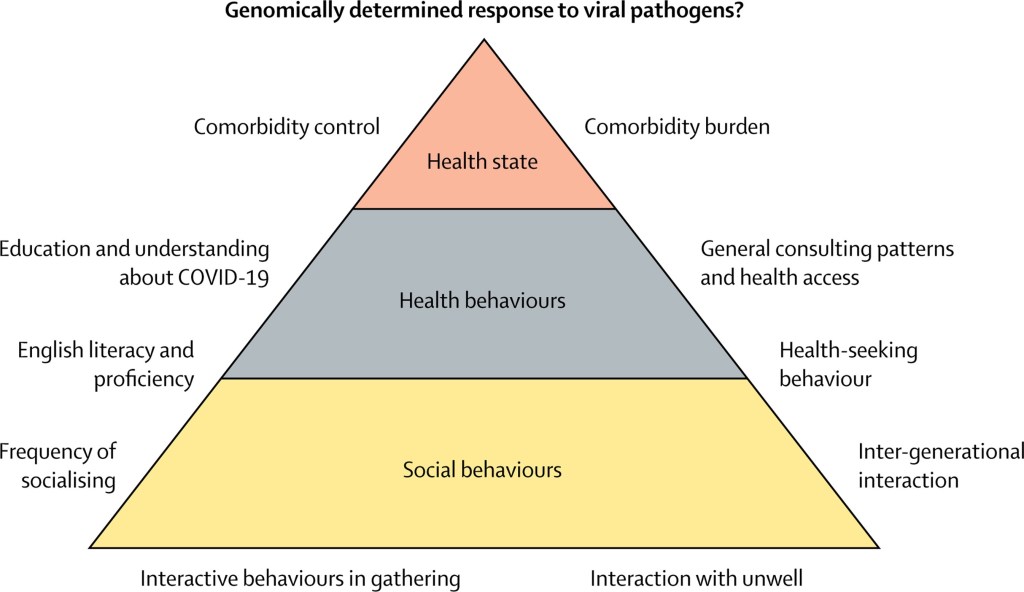
This “complex entity” of “ethnicity” straddles the natural and social sciences as well as the arts and humanities, and there has never before been such a huge need for the disciplines to work together. Could there be any correlation between being a front-line worker and BAME? Is there any truth in the statements that those from a minority ethnic background are more likely to live with extended family in smaller, more cramped housing? Or is the answer down to genetic susceptibility to co-morbidities? The research here is, surprisingly, still in its infancy, although projects like the UNESCO dialogue offer hope that society may be forced to confront the inequalities that COVID-19 has laid bare.
Once again, we are not all in this together. The virus is not a great leveller, and we are not all suffering equally. The statistics bear this out in black and white. But science can only carry us so far down the road investigating this. The rest must be in combination with the insights of lawyers, economics, psychologists, sociologists, anthropologists, and geographers, as well as historians, ethnographers, artists, musicians and – well, as much of society as possible if we really want a representative dialogue. And this means hearing voices that are usually silenced by inequality and minimised by power imbalances.
Interestingly, Germany may be already setting off down this road, enlisting scholars in the Arts and Humanities in that country to help establish a new normal and to ask how society can make sense of the changes. How can we forge meaningful relationships from a “socially-distant” 2 metres? And what might a post-COVID-19 society look like? Sound like? Behave like? Which social values and interests will be prioritised? These are questions that will require the full range of inputs, styles and learning from across the academy.
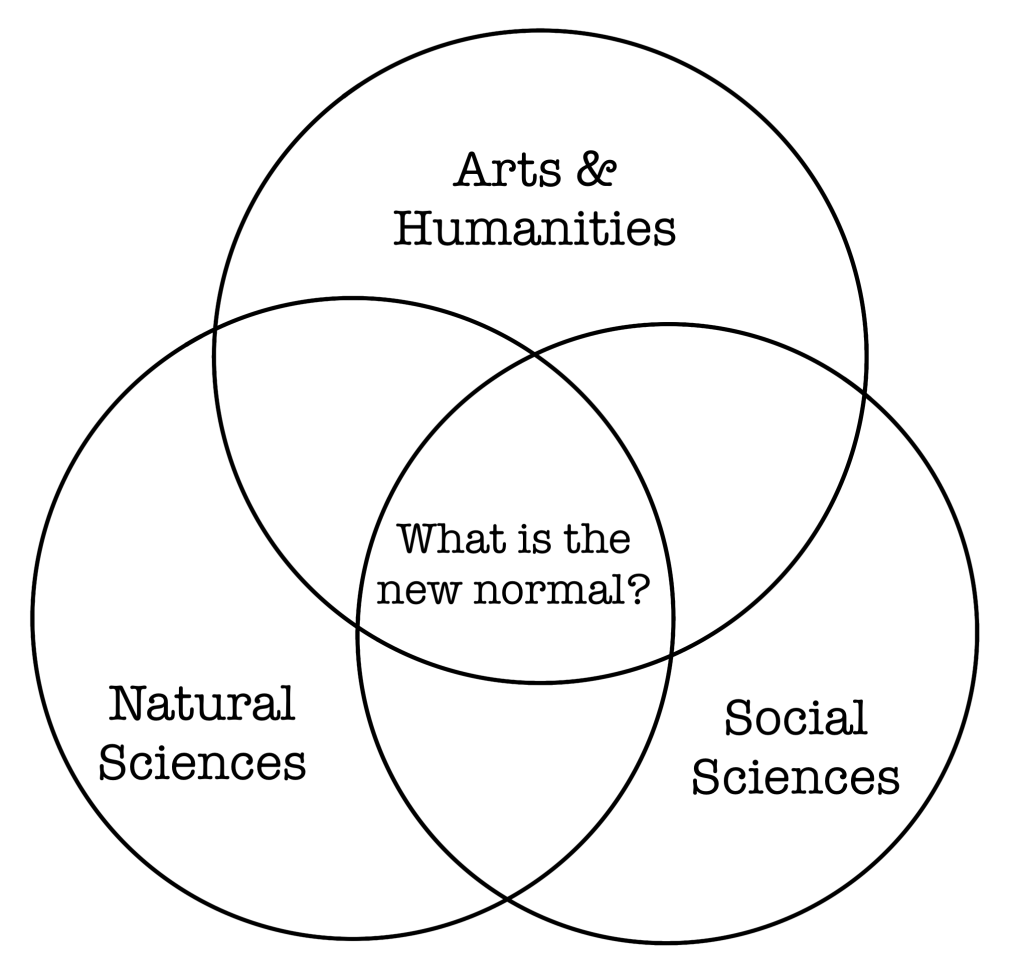
Despite the fact that we are facing a viral enemy, arguably we have never needed interdisciplinary research more, specifically combining insights from the social sciences, arts and humanities to interpret, process, disseminate and enhance understanding of the work of the natural sciences. COVID-19 has highlighted inequalities that society had previously been able to ignore. The role of the social sciences, arts and humanities in elevating those voices and interests will be critical not only to the successful implementation of vaccines and treatments (community dialogue and involvement is essential for engagement with health services), but for the reconsideration of social priorities and equality more generally.



